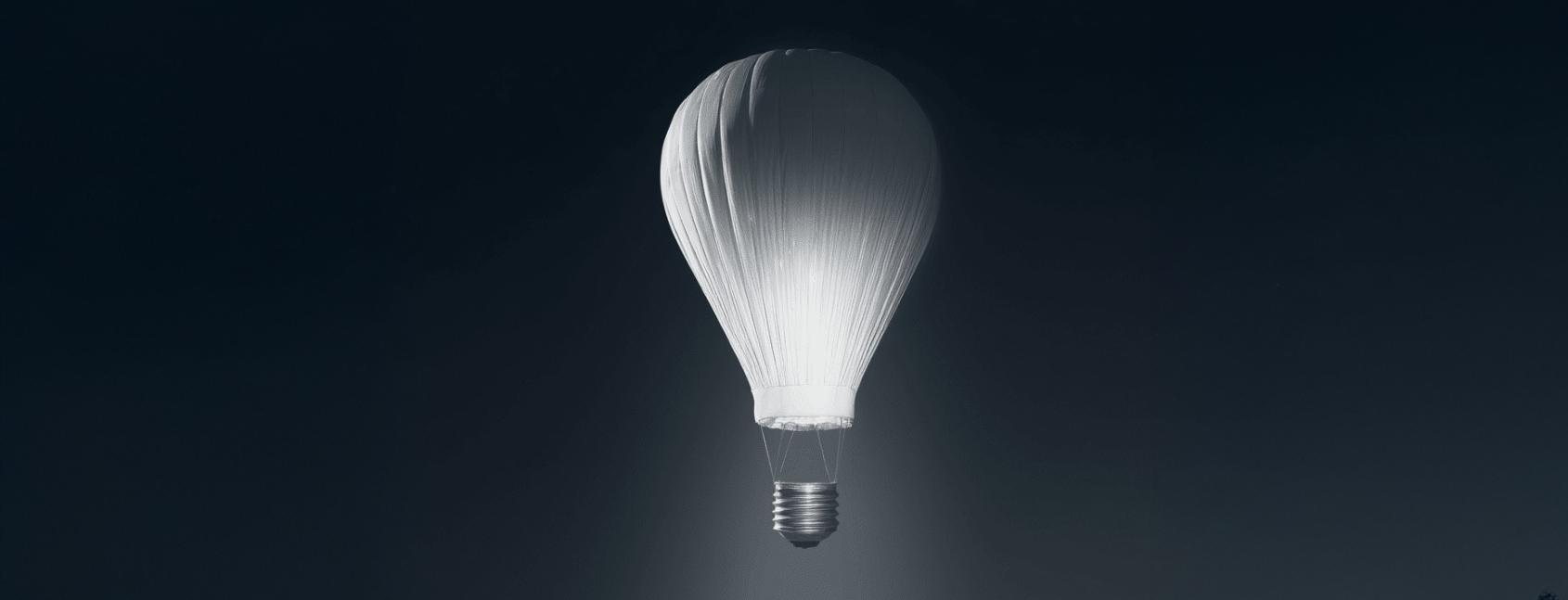-
TrendsE-commerceSocial Media
-
SectorOthersIT and Communications
-
CountriesPortugalSpainGlobal
The digital silence that enveloped Spain and Portugal yesterday not only generated uncertainty about its origin and scope, but also revealed the fragility and strengths of a society in which we take connectivity for granted. It is worth noting the naturalness and lack of serious incidents with which the day passed, despite the uncertainty and lack of verified news.
Currently, terms such as “blackout,” “radio,” “metro,” “Renfe,” “survival kit,” and “Spain power outage” are among the most searched terms by users. In this context, it is inevitable that this situation will affect the country’s overall economic activity and, in particular, companies’ online presence strategies and consumers’ digital experience.
Although it is too early to accurately quantify the losses generated by more than eight hours of disconnection for more than 50 million people, initial estimates point to a significant impact, particularly in the digital advertising sector. The abrupt interruption of user traffic on the network affected campaigns on platforms such as DV360, social media, search, among others, causing the suspension of the main channel of contact between brands and their audiences. The usual metrics such as impressions, clicks, visits, and conversions have not undergone significant changes since, during the initial hours of the day, until approximately 12:30 p.m., traffic and operation were normal. However, from that moment on, there was a sharp drop that affected key indicators such as visits, sessions, and orders, with a decrease of more than 50%. During the final hours of the day, the number of users connected caused sessions, impressions, and other metrics to triple the normal values for any other day at that time. Meanwhile, geolocation, an essential tool for hyper-segmented advertising, was rendered useless for almost the entire day. The initial scenario is undoubtedly one of heavy losses.
Programmatic advertising, with its dependence on immediacy and constant availability of inventory and user data, was paralyzed. The ability to impact the target audience at the right moment vanished completely. Retail companies were the hardest hit, with a drop of more than 50% in orders for several hours, leaving no room to react.
What now?
Given this scenario, the immediate reaction after service was restored focused on a thorough review. Our main recommendation is to extract reports and analyze the data to understand the real magnitude of the impact on each campaign. Within this new scenario, we recommend adapting content to a new reality marked by uncertainty and potential consumer caution.
Post-blackout digital presence strategies are also diverging. While some advertisers may opt to increase their budget to try to offset the previous day’s losses, seeking a quick recovery in visibility and conversions, others may take a more conservative stance, putting campaigns on hold until the situation normalizes and advertising inventory prices adjust to the new demand.
Far from being a sign of weakness in the sector, this episode should be interpreted as proof of the resilience of the digital world. Once the connection was restored, the sector’s ability to recover and adapt was immediate. This event forces us to consider diversifying our marketing channels without forgetting the complementary nature of the online and offline worlds, in order to enrich our communication strategies.



